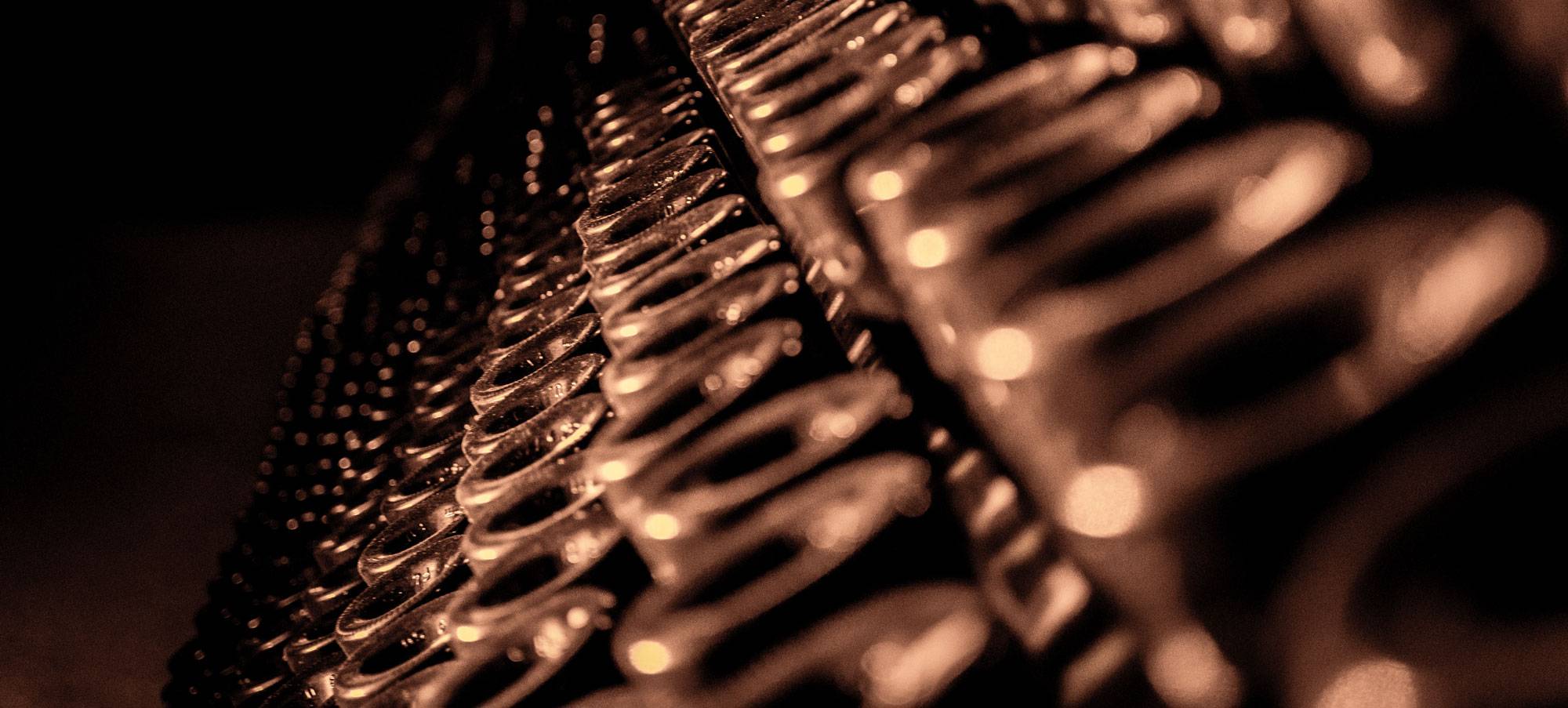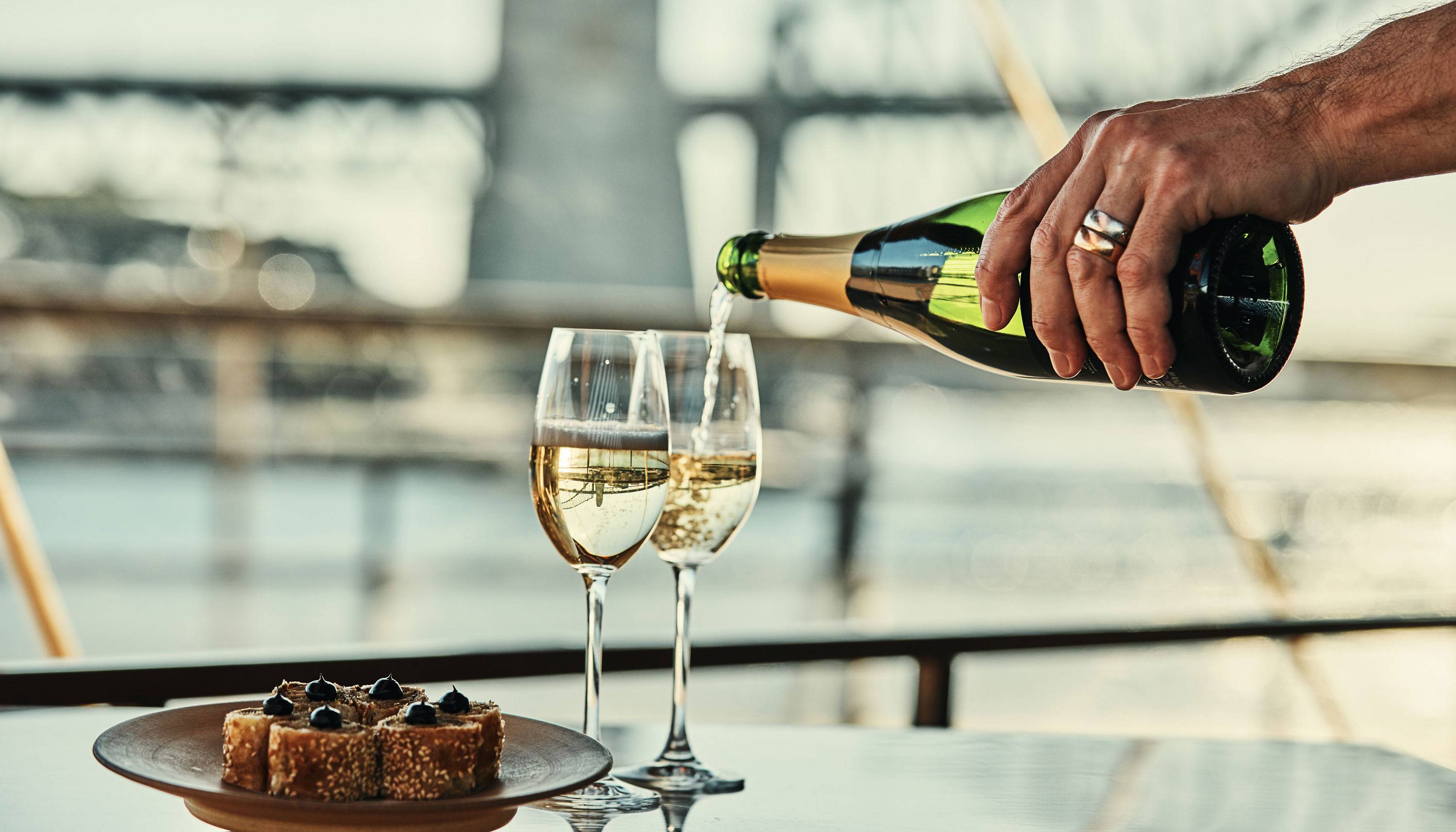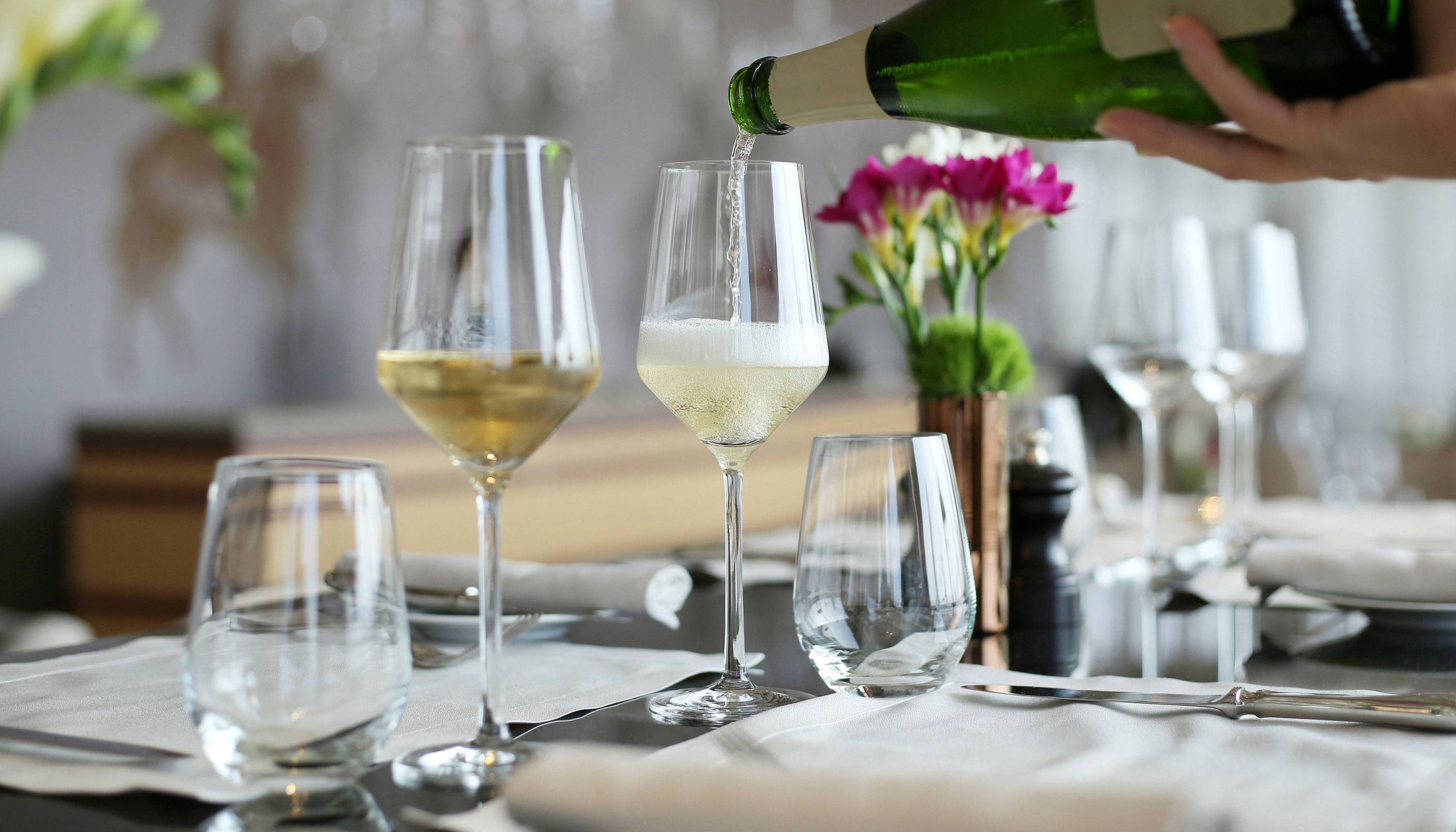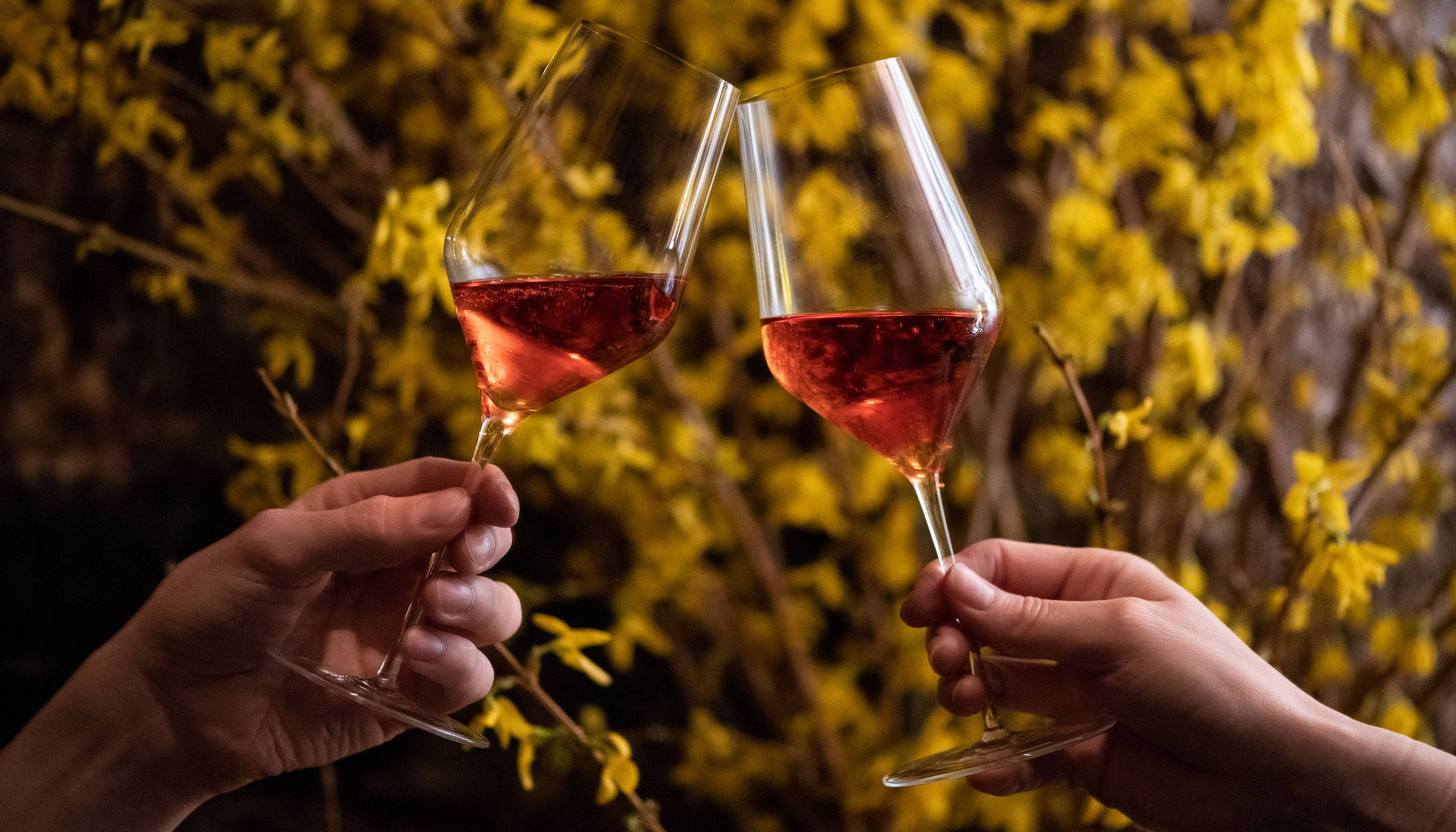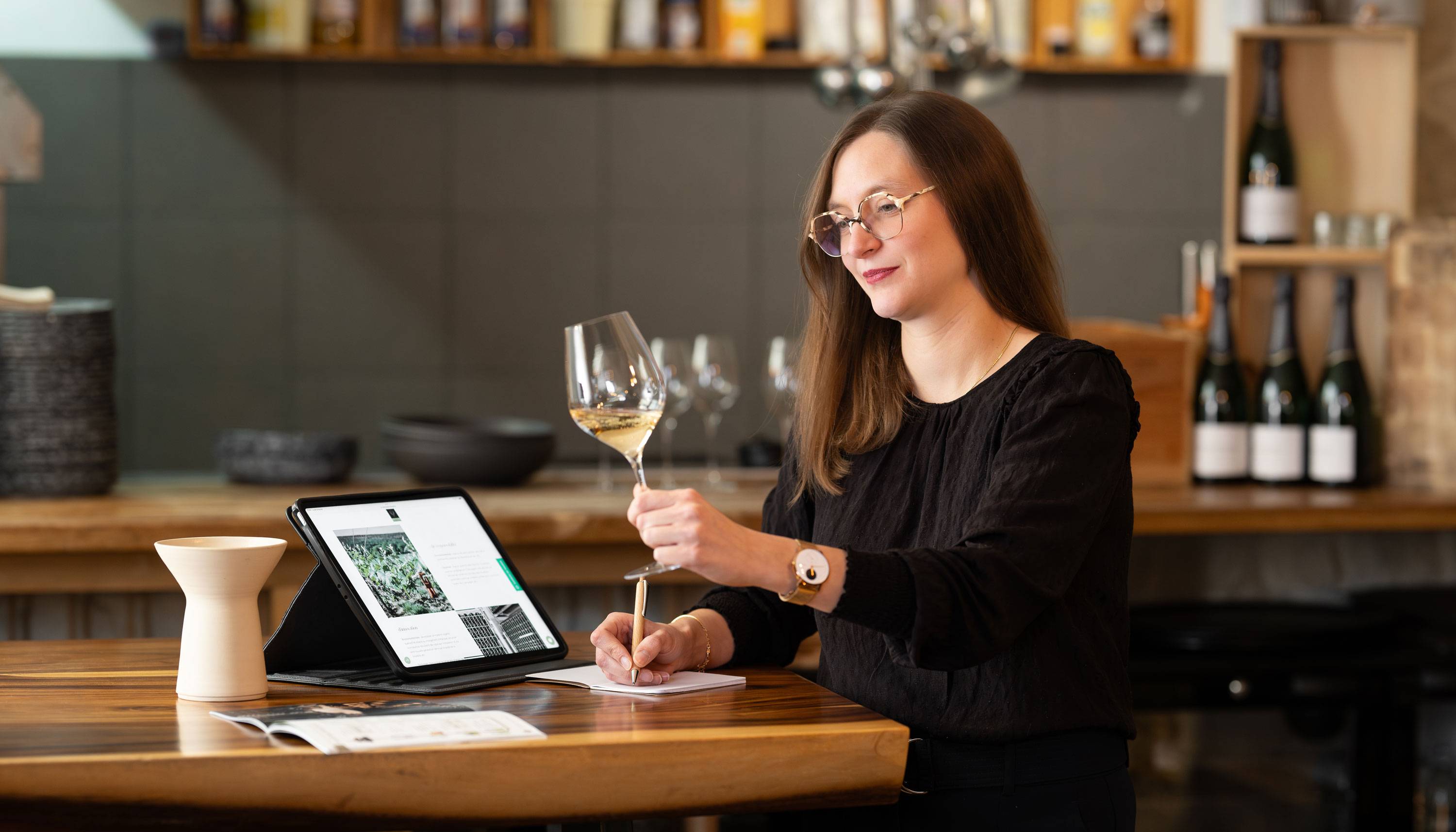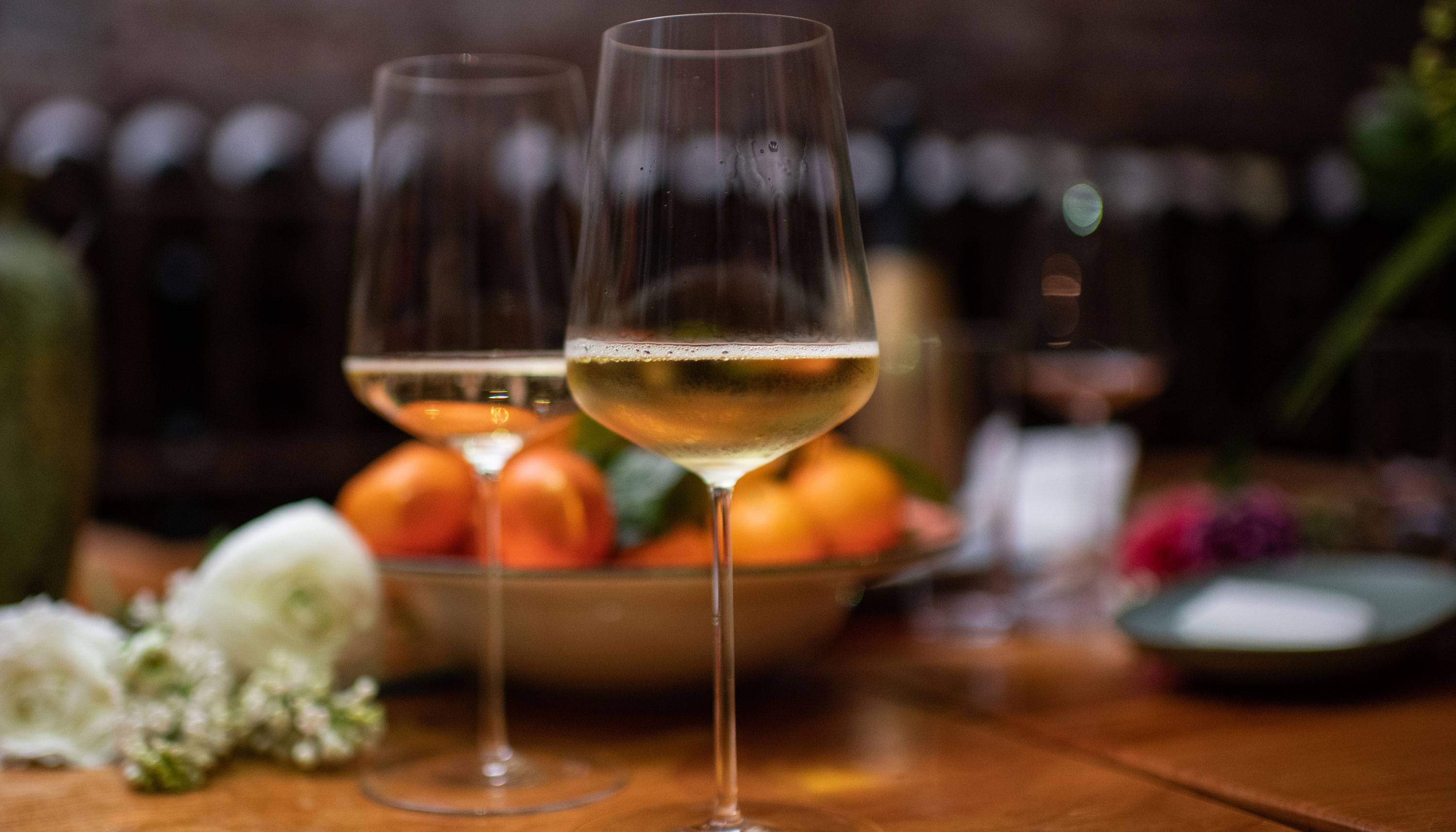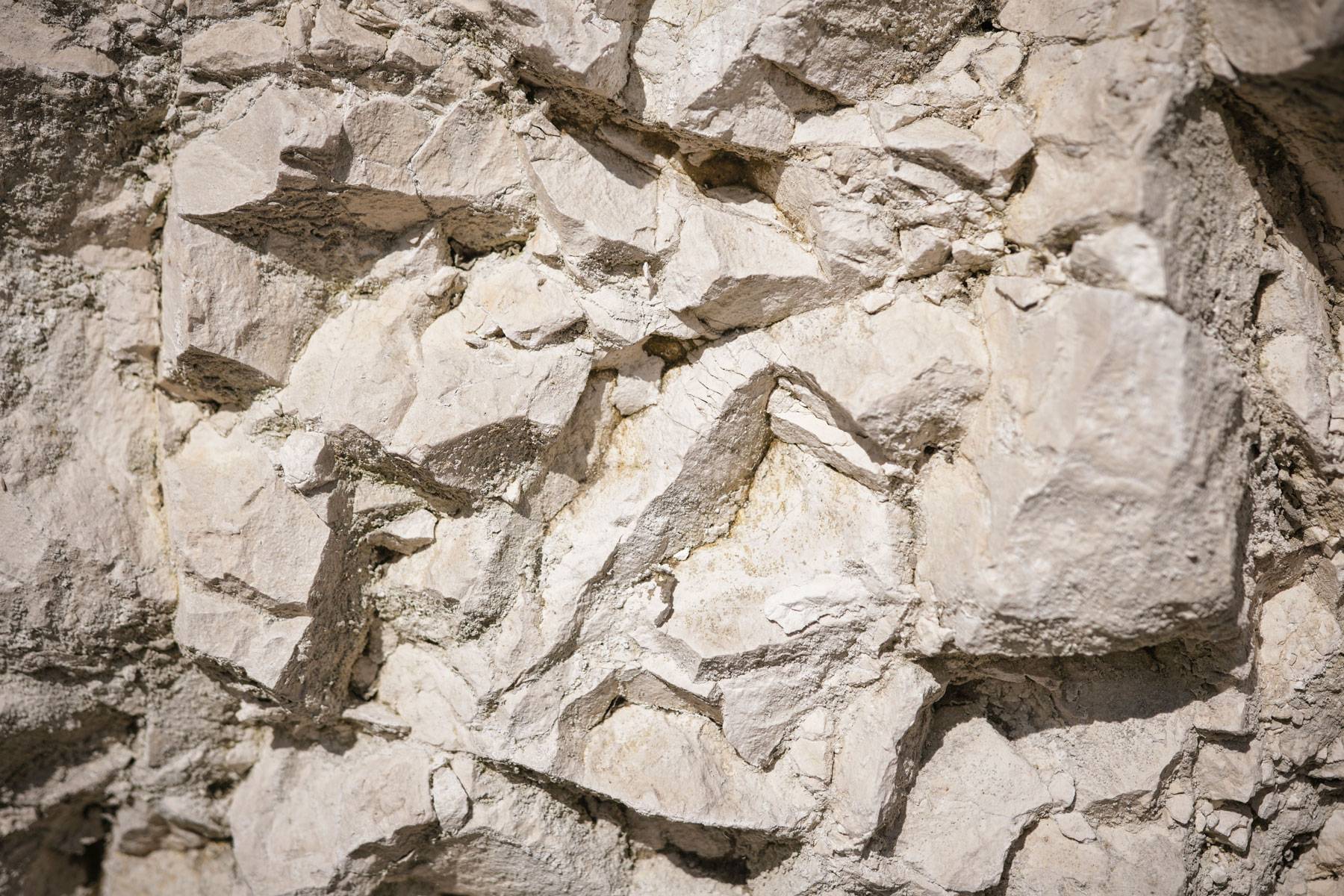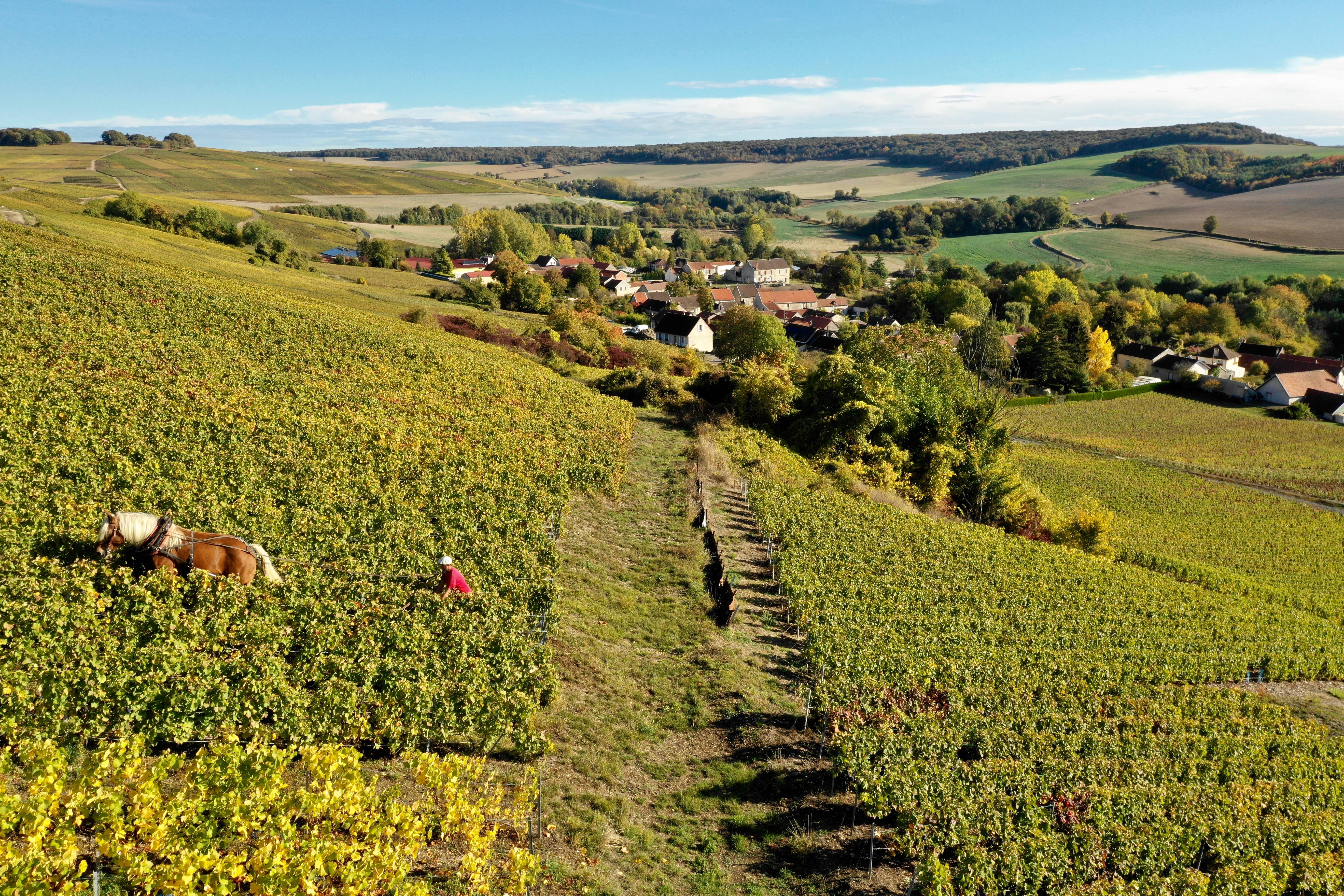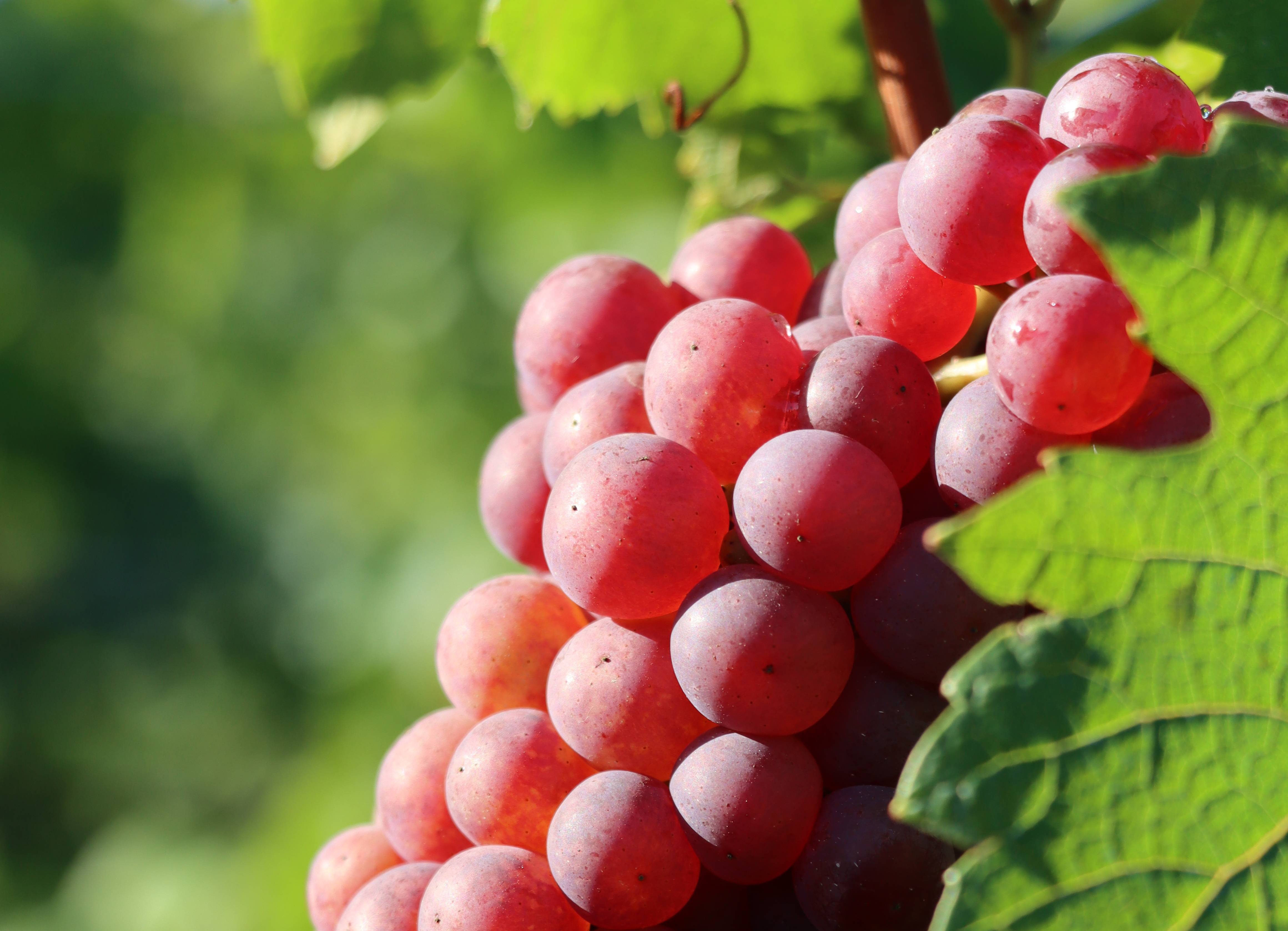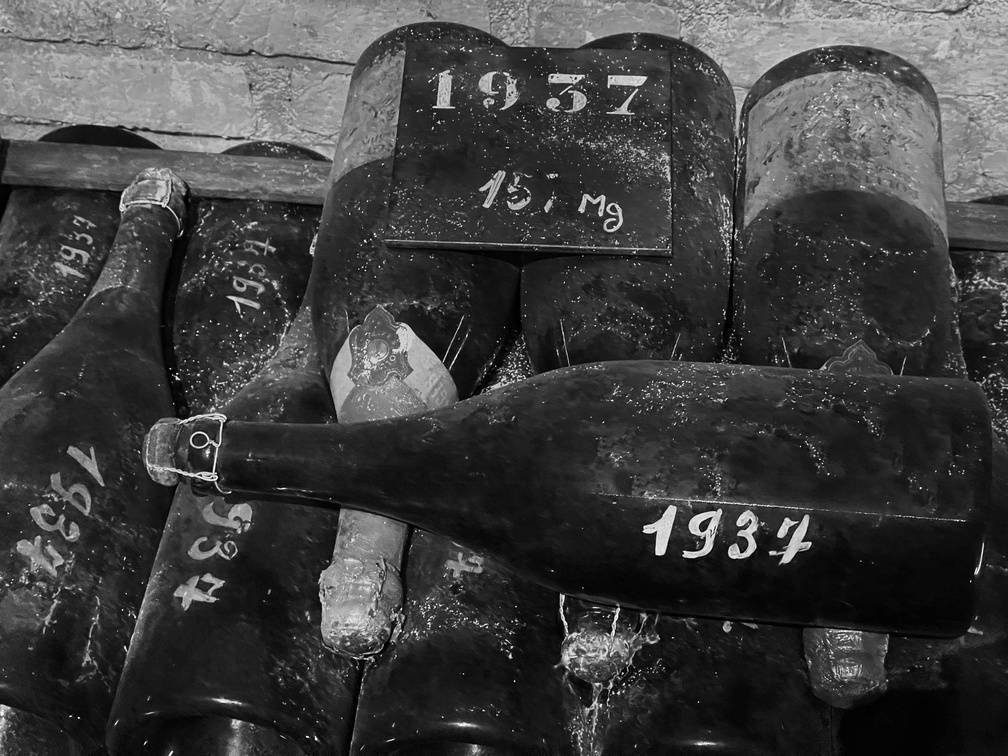Champagne through the centuries: key milestones in the evolution of an iconic appellation
The history of Champagne is not just a tale of bubbles and celebration—it’s a story of resilience, innovation and global recognition. From ancient baptisms to modern sustainability, the Champagne appellation has been shaped by centuries of transformation. Here are some of the most defining moments that have marked its journey.
496 – A royal beginning
The legend of Champagne begins in Reims with the baptism of Clovis, King of the Franks. This event laid the foundation for Reims becoming the coronation site of French kings, intertwining Champagne with royal prestige.
17th to 19th centuries – mastering effervescence
Across three centuries, the Champenois developed techniques that allowed them to master the art of sparkling wine. These innovations transformed Champagne from a still wine into the effervescent symbol of celebration we know today.
1887 – protecting the name
A pivotal French decree granted exclusive rights to use the name “Champagne” solely to wines produced in the Champagne region. This was a major step in safeguarding the identity and authenticity of Champagne.
1890 – phylloxera strikes
The vineyards of Champagne faced their phylloxera attacks, threatening the region’s viticultural heritage. This crisis prompted significant replanting and adaptation.
1914–1918 – devastation of war
World War I brought immense destruction, with 40% of Champagne’s vineyards destroyed. Yet, the region’s producers persevered, rebuilding and restoring their vineyards. 1
936 – official recognition
Champagne was officially recognised with AOC (Appellation d’Origine Contrôlée) status, affirming its unique terroir and production methods.
1941 – Comité Champagne is born
The creation of the Comité Champagne marked a new era of collective governance.
1939–1945 – wartime challenges
World War II saw the occupation of the region and disruption of Champagne’s historic markets. The Champagne region overcame these hardships with remarkable resilience.
2003 – environmental leadership
Champagne became the first wine region to publish its carbon footprint, demonstrating a commitment to environmental responsibility.
2004 – record shipments
The region surpassed the milestone of 300 million bottles shipped, reflecting Champagne’s global appeal and commercial success.
2014 – sustainable viticulture
The launch of the “Sustainable Viticulture in Champagne” certification reinforced the region’s dedication to responsible winegrowing practices.
2015 – UNESCO recognition
The Hillsides, Houses and Cellars of Champagne were added to the UNESCO World Heritage list, celebrating the cultural and historical significance of the region.
From ancient rituals to modern sustainability, Champagne’s history is a testament to its enduring excellence. These key dates remind us of the legacy we uphold—and the future we shape.
👉 You can download, print or share with your peers our official factsheet on Champagne history.
